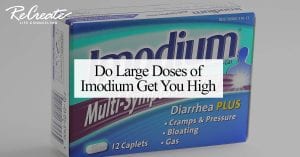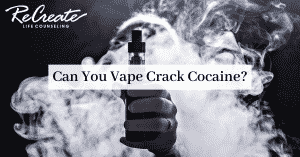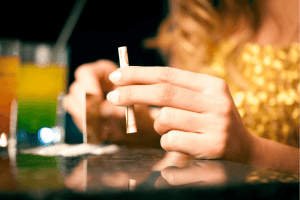
Tag: Heroin
Heroin, also known as diacetylmorphine and diamorphine among other names, is an opioid used as a recreational drug for its euphoric effects.


Do Large Doses of Imodium Get You High?

Can You Vape Crack Cocaine?




